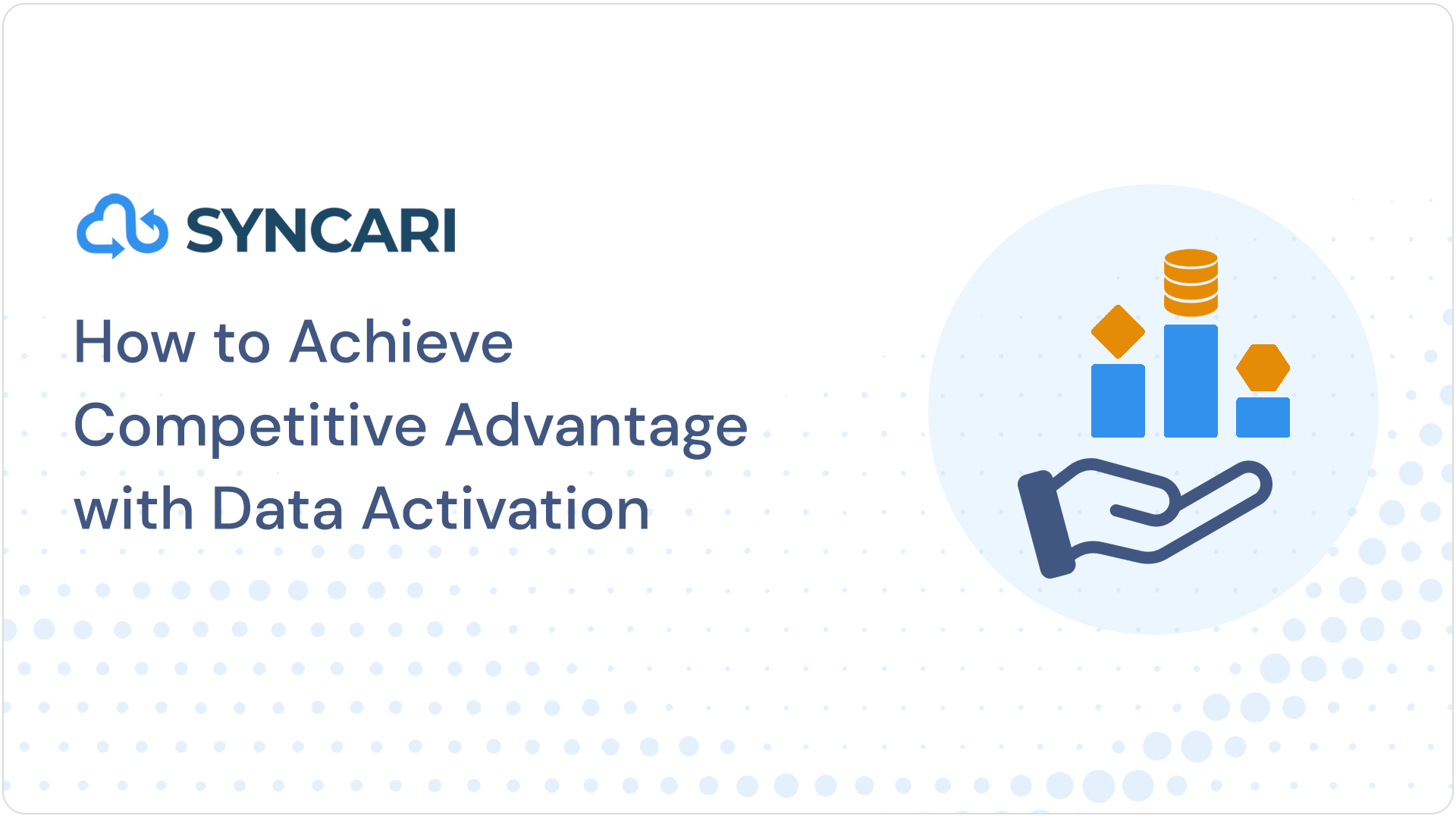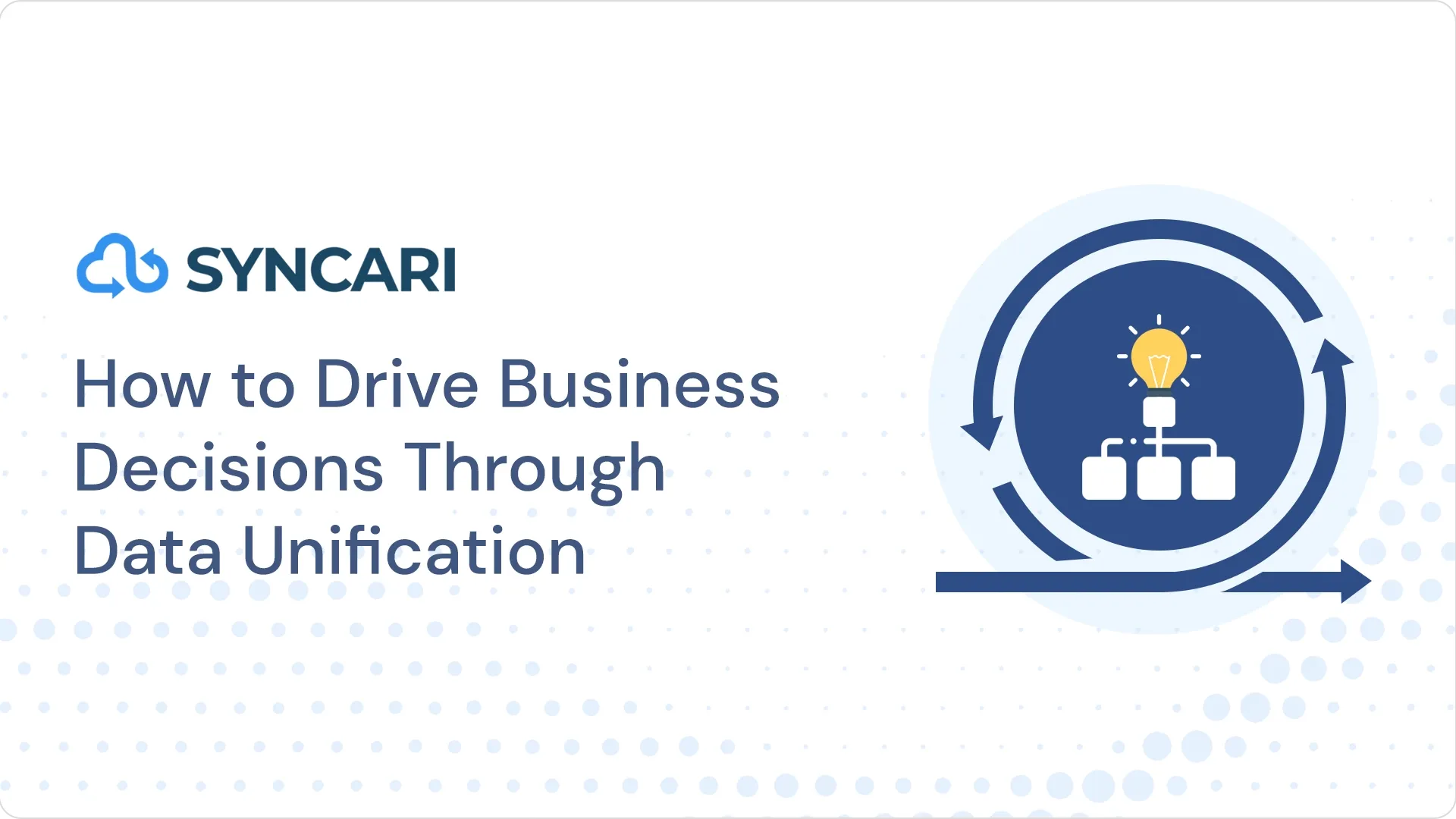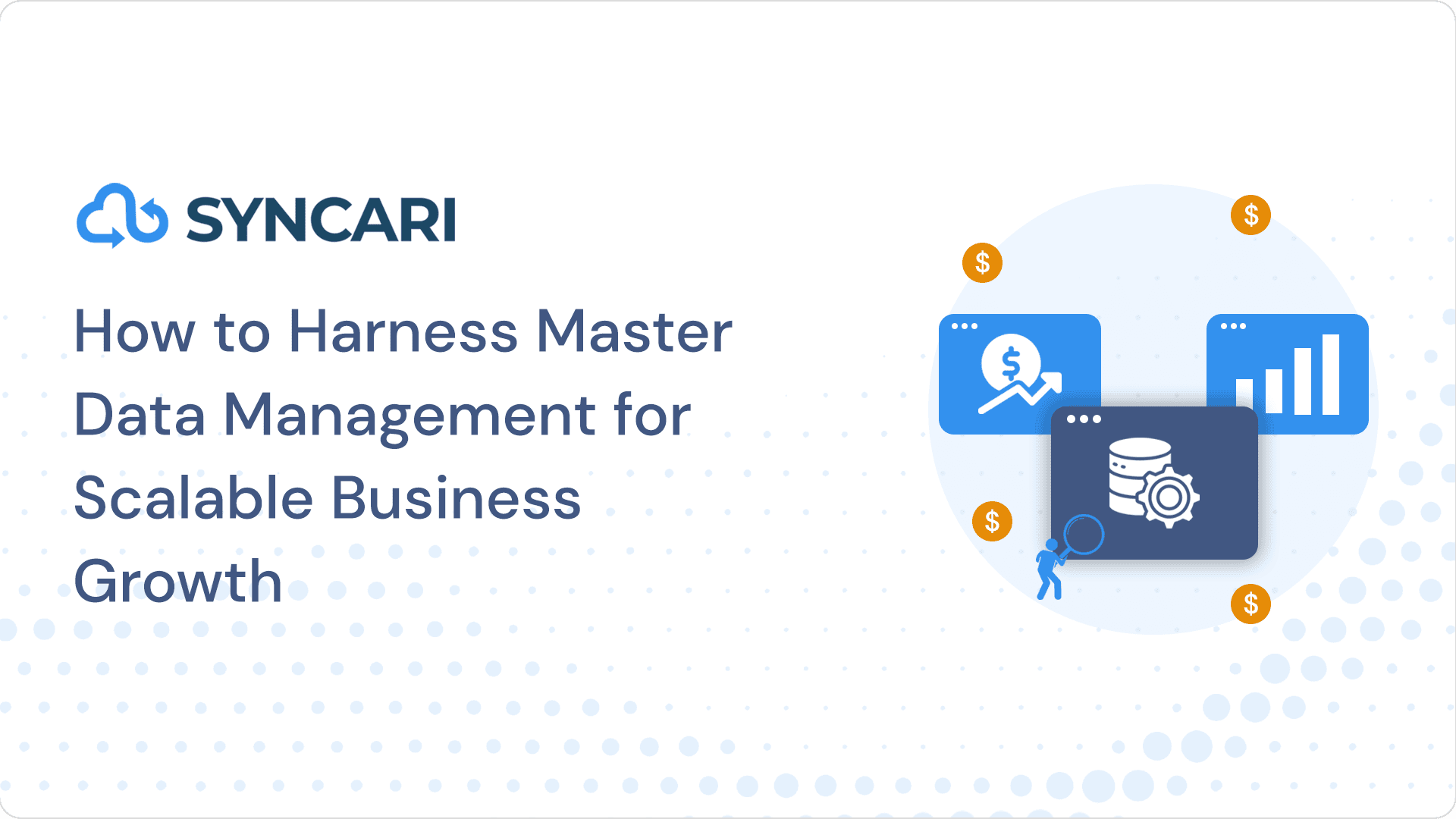As companies continue to gather more and more data on their customers, privacy concerns are becoming increasingly important. One solution gaining popularity in the digital advertising industry is using data clean rooms.
But what is a data clean room? And how can it help your business navigate the complex world of data privacy and analysis? This blog post will comprehensively introduce data clean rooms, exploring their pros, cons, and everything in between.
What is a Data Clean Room?
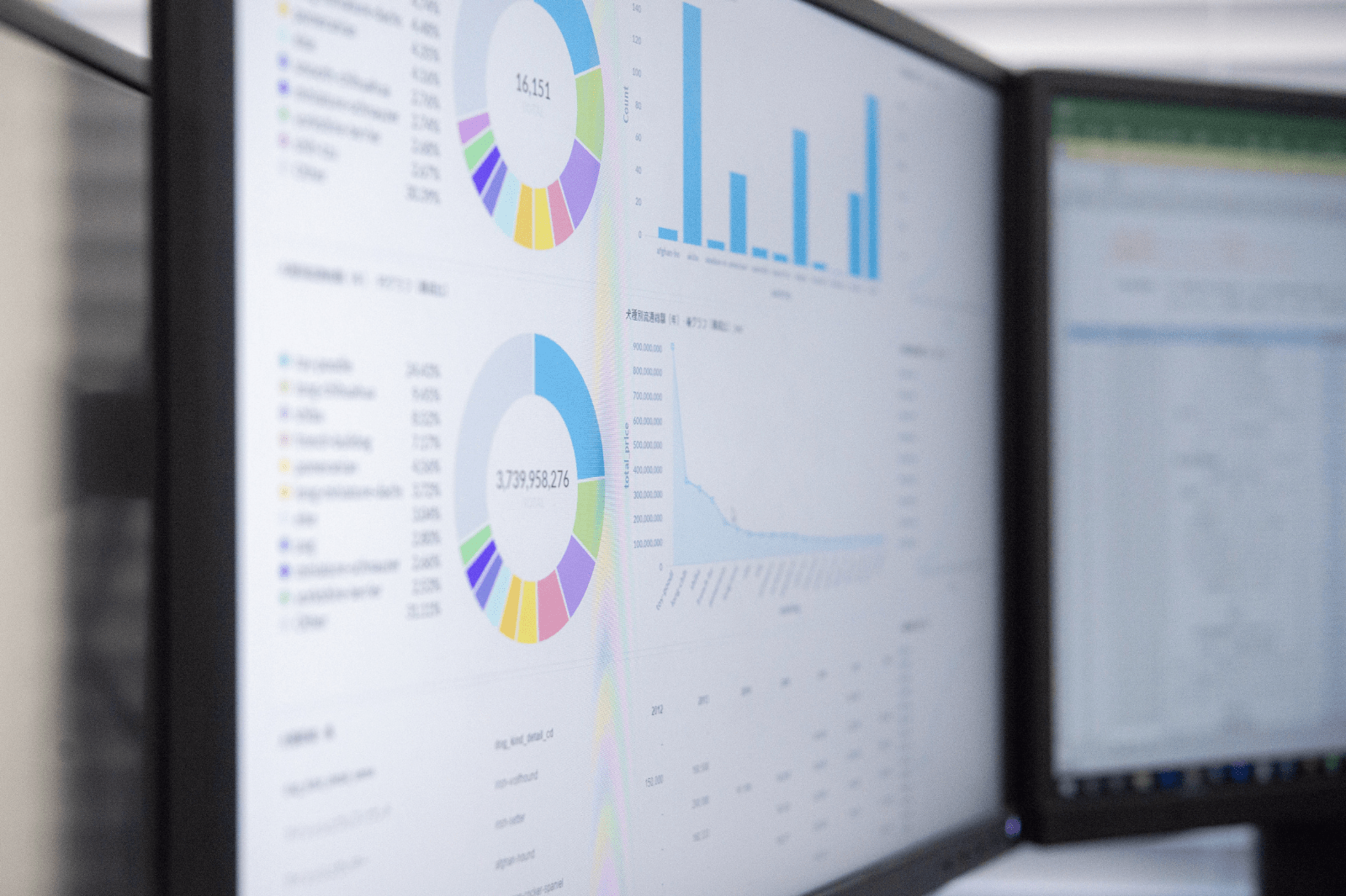
To understand a data clean room, think of a laboratory where scientists study a virus without getting infected. In a data clean room, personal data is like that virus, and the scientists are like the analysts who need to study the data without risking it.
A data clean room is a secure and controlled environment where raw data can be analyzed or processed without being exposed to unofficial access or leakage. It is like a virtual room with restricted access.
A data clean room provides the safeguards to protect PII while allowing the analysts to gain insights and collaborate with others. It controls external access to the data, restricting access to specific individuals and using secure computing environments.
Why do you Need a Data Clean Room?
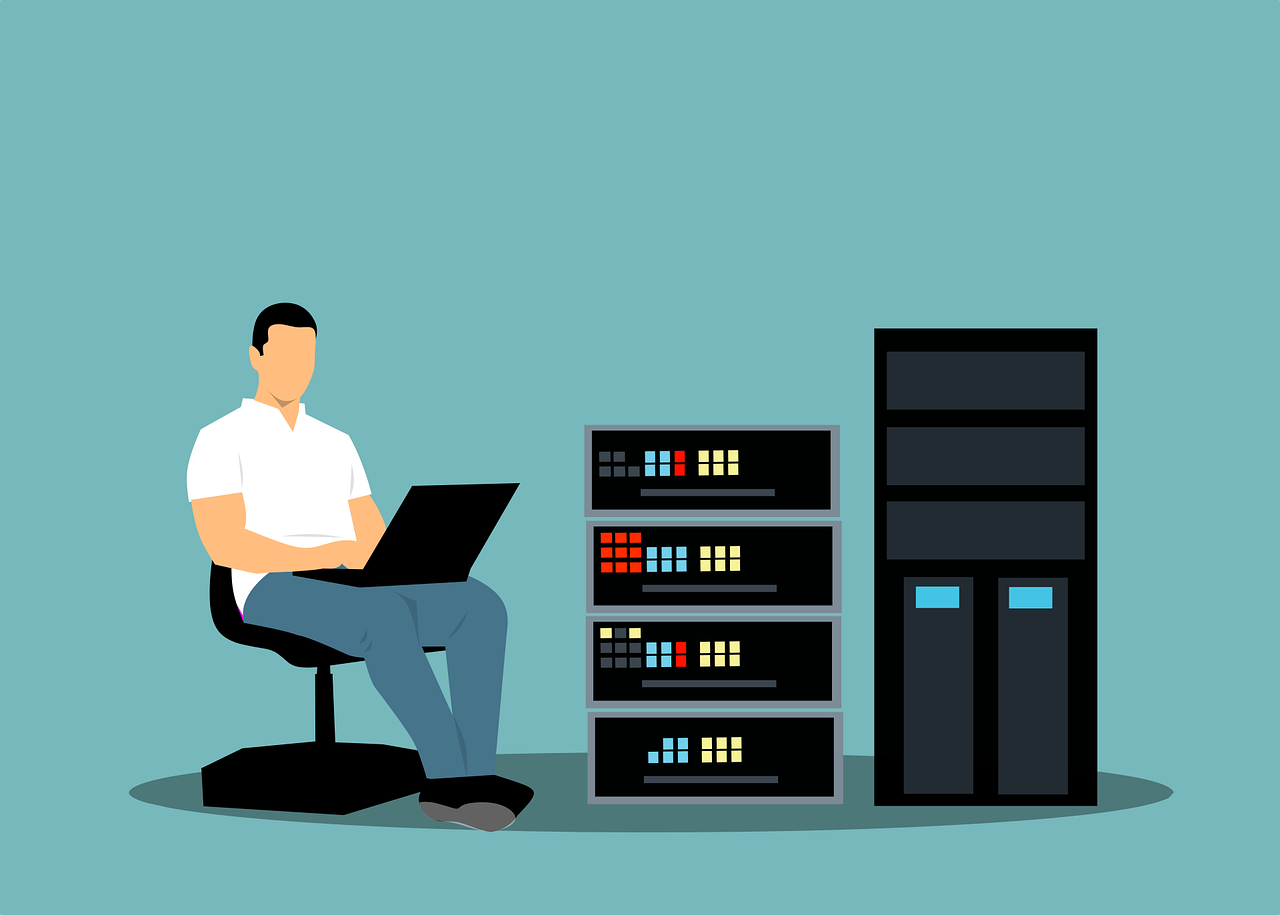
As data is becoming an increasingly valuable asset for organizations across various industries, there are increasing concerns about data security. Here’s why you need a data clean room to help with that –
Governments worldwide have introduced strict privacy rules and regulations for data governance, requiring organizations to protect personal data from illegal access.
Data clean rooms enable secure collaboration between organizations and researchers. By sharing data in a controlled environment, organizations can work together on research projects without compromising privacy.
A data clean room helps protect PII by analyzing and processing consumer data in a secure and controlled environment.
How does a Data Clean Room work?
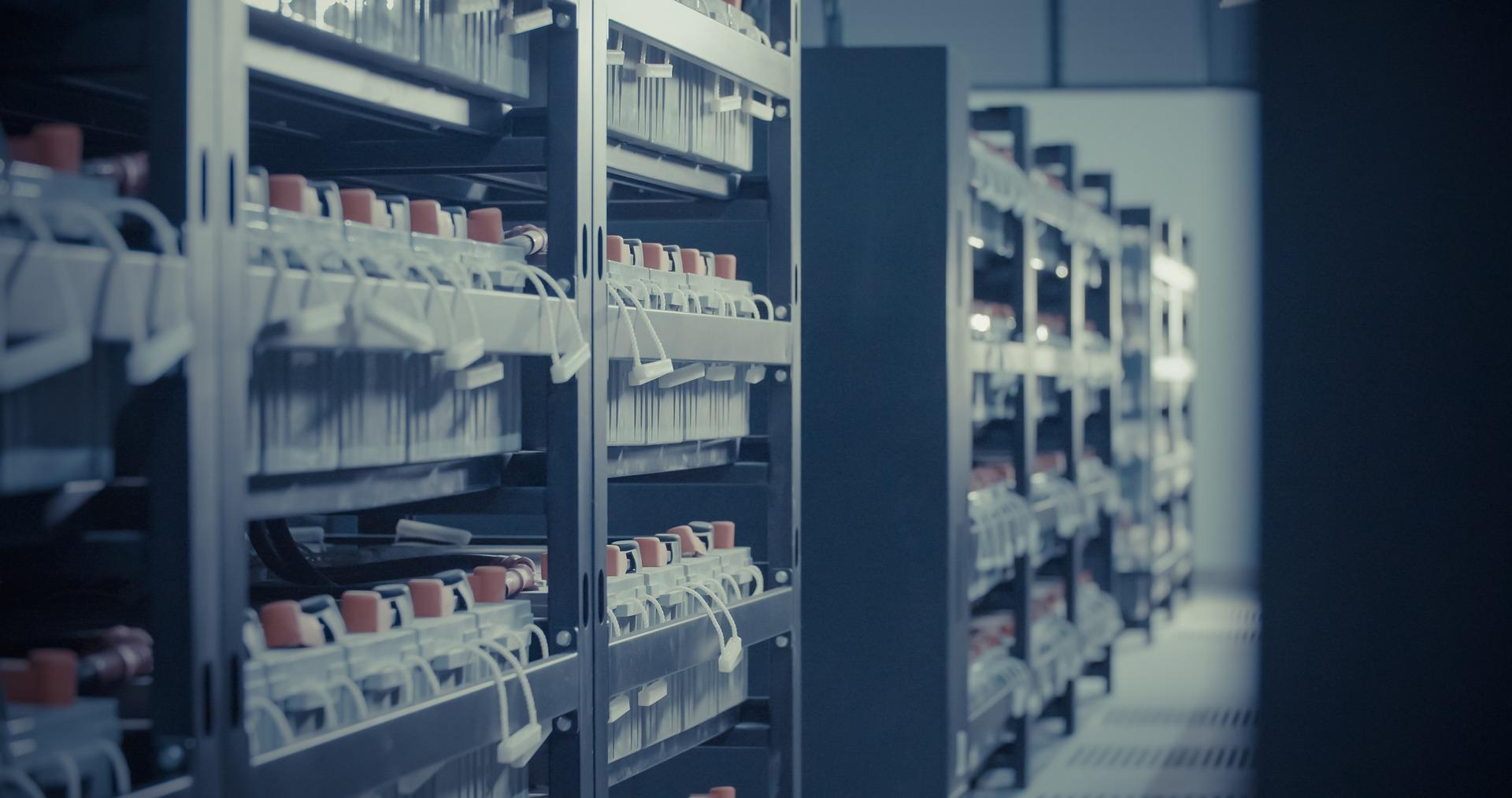
Here’s how data is processed inside a data clean room:
- Two or more parties collect, compile, and aggregate their first-party data or customer data at the user level.
- The raw data is then loaded into a data clean room.
- The information from the data is then matched and cleaned (de-identified, masked, encrypted, etc.). Companies have access to their own data and the enhanced data ONLY.
- Any outputs or results from the analysis are reviewed to ensure they do not contain personal information.
- Once the analysis is complete, the data is either deleted or transferred back to the original source system, depending on the data management policies in place.
- Throughout the process, the data clean room is monitored and audited to ensure that all privacy and security policies are followed and that the data is not accessed or disclosed inappropriately.
The reports generated by a data clean room provider contain only aggregated data to protect individual user privacy. While advertisers can see aggregate data on the performance of their campaigns, they won’t receive user-level data or IDs.
Types of Data Clean Rooms
After learning what is a data clean room and how it works, let us talk about the types of data clean rooms. Majorly, there are three kinds of data clean rooms offered by walled gardens, independent vendors and custom-made ones. Let’s discuss them in detail.
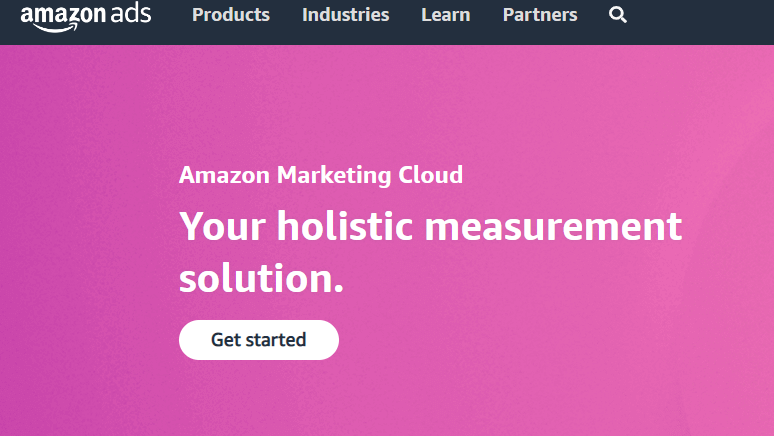
A walled garden is a closed data ecosystem full of services and data owned by a single platform provider, such as Facebook, Amazon and Google. A walled garden refers to advertising platforms owned and operated by large tech companies.
Here advertisers can target specific audiences with ads based on user data collected within the platform. Popular examples include Google ads data hub and Amazon marketing cloud.
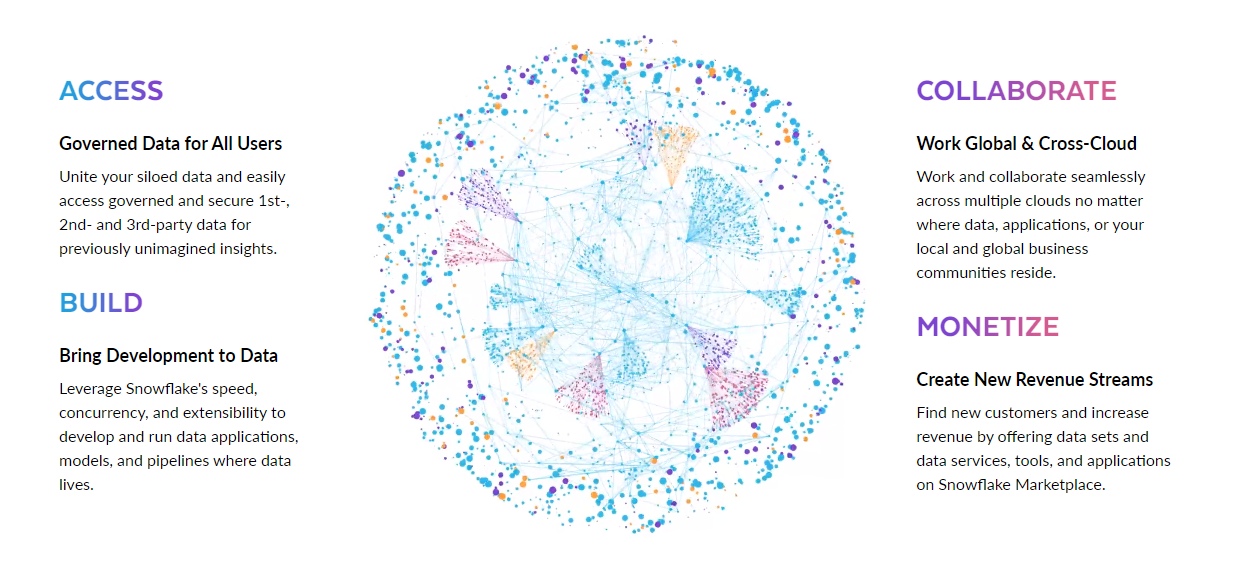
Independent vendors like Snowflake specialize in providing data clean room services. They create secure environments that enable third-party data analysis while preserving data privacy and confidentiality. Independent vendors offer a range of data analysis tools and services, and they can work with multiple data sources and combine data formats.
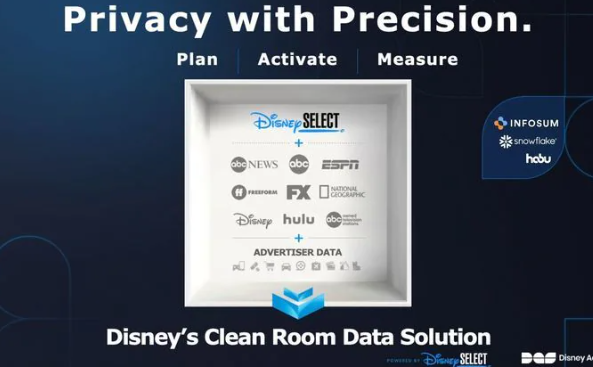
Custom-made data clean rooms are tailored to the specific needs and requirements of a brand/ company like Disney, Spotify and TikTok. These environments are created using a combination of physical and virtual security measures to protect the data.
Custom-made data clean rooms are expensive and time-consuming to set up, but they offer the highest level of security and customization.
Data Clean Room Use Cases
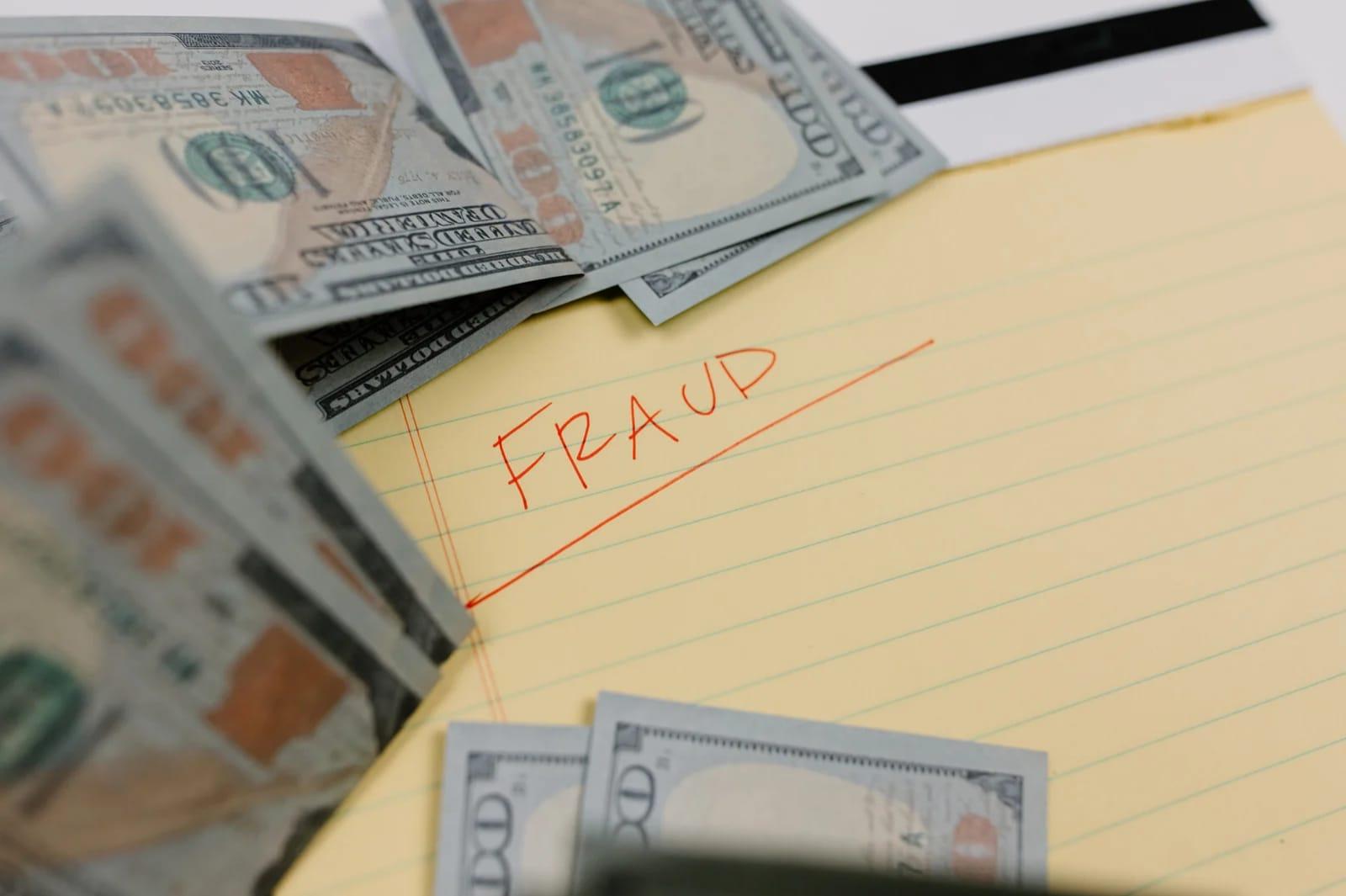
While there are multiple use cases for data clean rooms, let us discuss some.
For example, banks may use data clean rooms to develop credit risk models or further analyze customer behavior data to improve their products and services.
Data from multiple sources, such as social media platforms with half of the world’s usage, and e-commerce websites, are combined into a data clean room to better understand consumer preferences and behaviors.
By using a data clean room, marketing and advertising agencies can ensure that they comply with government regulations on data sharing and that individual consumers are not identifiable. This helps them create more effective marketing campaigns for target segments without risking consumer privacy.
In drug development, data clean rooms are used to conduct analyses on a patient’s personal information, such as electronic health records, without compromising patient privacy. Researchers then use the data to identify potential drug targets and develop personalized patient treatments.
Advantages, Limitations and Risks of Data Clean Rooms
Like any other technology, data clean rooms have advantages, limitations and risks.
Advantages of using a data clean room:
- Privacy-friendly approach for analyzing audiences, targeting ads, and measuring performance. Consumer data is added to a data clean room but not exposed to other companies.
- Some data clean rooms comprehensively view campaign performance across multiple distribution channels.
- The data added to a data clean room is never shared with other companies, allowing data owners to maintain control of their data.
Limitations of using a data clean room:
- Since aggregated data refers to information collected from multiple sources, it is less accurate than individual data for specific purposes like ad targeting.
- Data must be unified into one format before being uploaded to a data clean room.
- Hesitation to share first-party and transactional data adversely affects the effectiveness of a data clean room.
- Many data clean rooms work for a specific platform, requiring manual combination of results from different data clean rooms.
- Since data clean rooms are relatively new, no universal standards exist for their implementation.
Risks of using a data clean room:
- Advertisers must hand over their valuable first-party data to generate insights, which can result in hefty fines, reputation damage, and loss of clients if a data breach occurs.
- Manually managed data clean rooms are exposed to human errors, such as granting access to unauthorized individuals, incorrectly formulating queries, and exchanging data in an unsecured environment.
- Organizations must create different levels of security to uphold privacy, depending on factors such as the industry and vertical and the willingness to share customer data.
Despite their drawbacks and risks, data clean rooms provide a promising solution to the advertising industry’s current challenges, allowing for privacy-friendly ad targeting.
“But data must be unified into one format before it can be uploaded to a data clean room.”
We have discussed everything from what is a data clean room to its types, uses, pros/cons and risks. But is it the only answer to data privacy? No.
Data clean rooms are too expensive and don’t provide a complete solution for your data. So you will either pay extra for a separate data automation tool or spend a lot on creating a custom DCR. So what is the solution to this? Syncari.
Syncari provides you with all the data automation features at a much lower cost than building and maintaining your own data clean room from scratch. Let’s get into the details.
Syncari
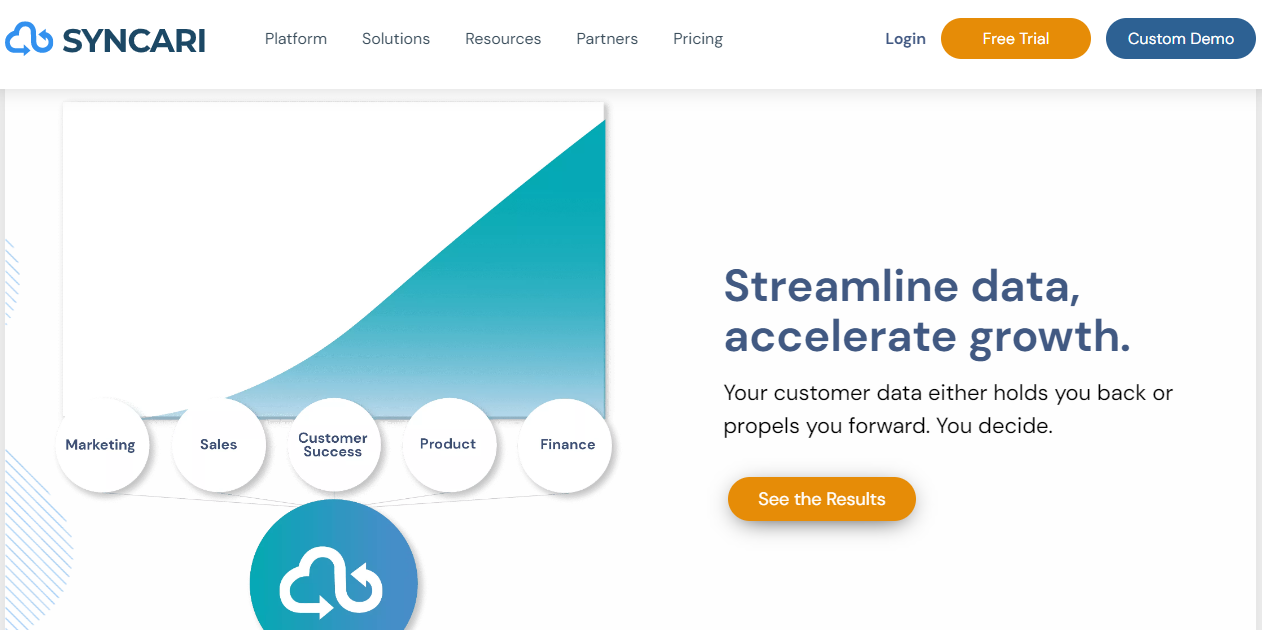
Syncari is a cloud-based platform that provides data automation and synchronization solutions for enterprise-level organizations. The platform is designed to help businesses manage their data across different systems and applications by automating data synchronization and cleaning.
Syncari uses artificial intelligence and machine learning algorithms to detect and resolve data inconsistencies, duplicates, and errors. Syncari’s advanced data management features enable businesses to improve data quality, reduce data silos, and enhance data governance.
Syncari’s integration with various third-party applications, such as Salesforce, Marketo and Hubspot enables businesses to leverage their existing technology stack while benefiting from Syncari’s data automation capabilities.
Why should you choose Syncari over Data Clean Rooms
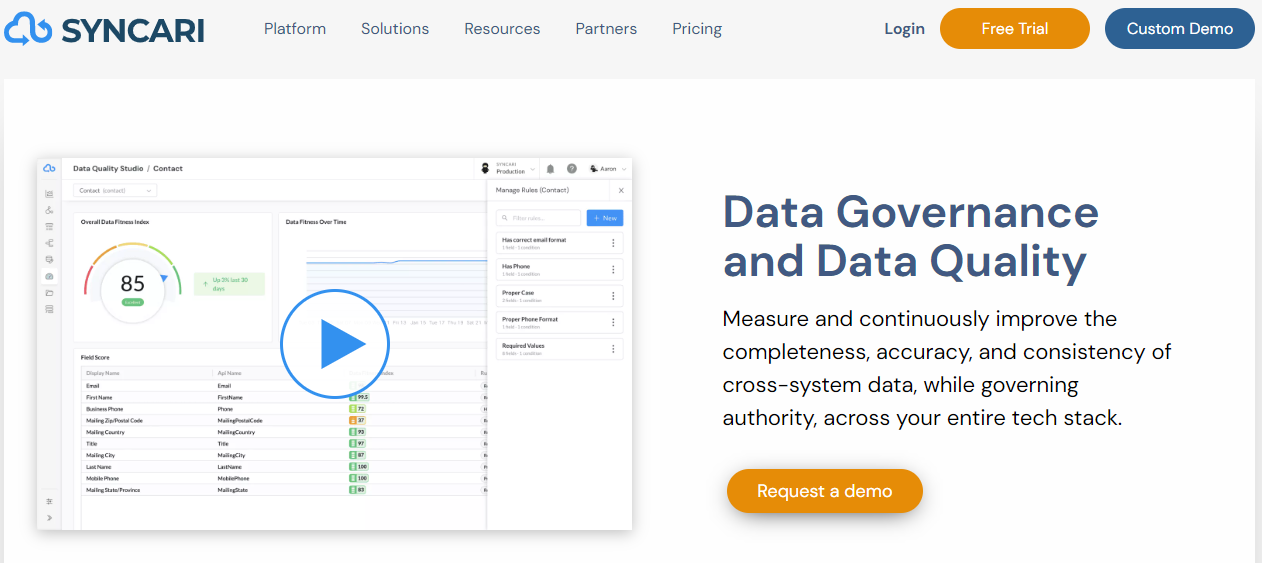
Syncari provides data integration, quality management, governance capabilities, and data privacy and security features. Syncari and data clean rooms prioritize data privacy and security, but they take different approaches to achieve these goals.
Because data clean rooms are ultimately about Master Data Management for the sake of ensuring data quality across your tech stack and for analytics, Syncari operates like a living data clean room as it maintains your data.
If you require a secure environment just for analyzing and sharing data, a data clean room may be the right choice. Still, if you need a more comprehensive approach to data management, Syncari is the platform for you. Let’s see how-
Data Clean Rooms focus on creating a privacy-preserving space. DCRs protect the privacy and security of the data being analyzed but also limit the ability to use that data for other purposes.
While Syncari provides a comprehensive set of data management capabilities, you can use Syncari to manage and protect your data throughout its lifecycle rather than just during the analysis phase.
Data clean rooms require you to bring your data to a secure facility to be cleaned and processed. They do not unify your data from multiple sources; you either have to do it manually or get a separate platform to get it done.
Syncari, on the other hand, unifies all your data from multiple sources and enhances it with additional info and context that might be useful for you while providing similar security features as data clean rooms.
While some level of customization is possible regarding selecting which data sources to include or establishing data sharing agreements, a data clean room’s overall design and implementation is typically standardized to ensure consistent security and privacy standards are maintained.
Whereas Syncari is highly customizable and offers options for custom data mappings, workflows, integrations, data policies, and user permissions that allow you to tailor the platform to your specific needs. This makes it a flexible solution for your business.
Let’s get this straight. Data clean rooms aren’t cheap. Also, building a custom data clean room is quite an investment, and you would end up paying a lot of money for walled gardens and independent vendors that too only for data analyzing and sharing.
Syncari, on the other hand, offers a more affordable solution. Syncari’s automation and AI capabilities enable businesses to automate data integration, cleansing, and reporting, reducing the need for manual labor and hence lowering costs.
Let’s discuss in detail how Syncari protects your data.
How does Syncari Protect Customer Data?
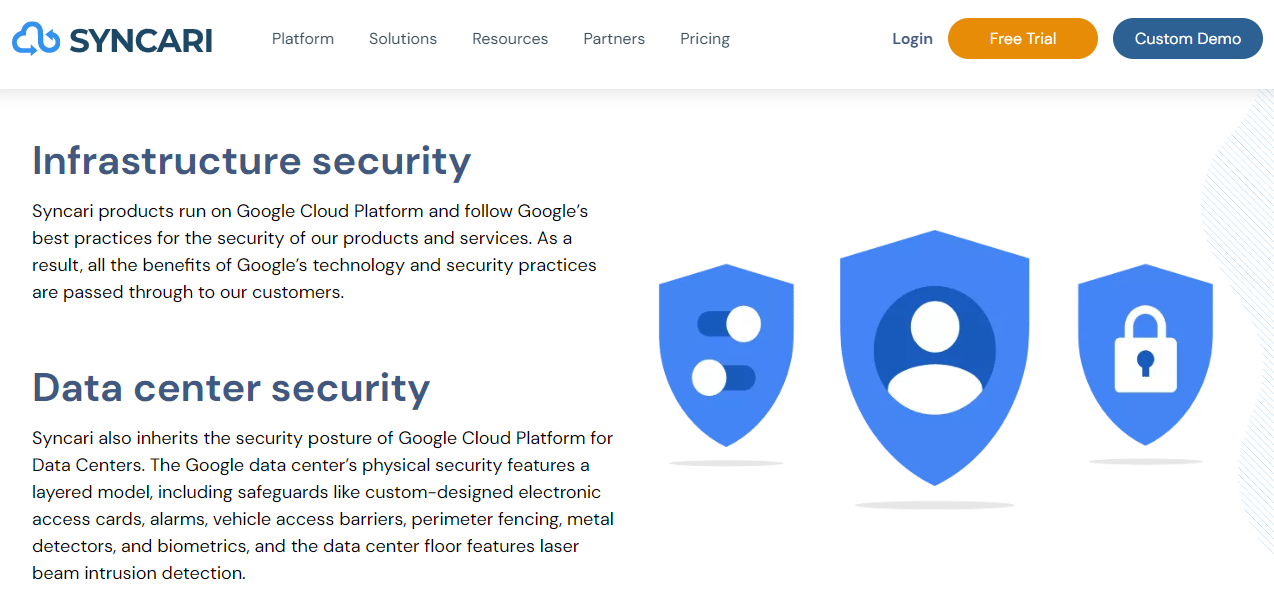
By now, you must know what a data clean room is. Now let’s talk about how Syncari is an all-rounder in protecting sensitive data without one. Syncari takes data security and user privacy seriously as an AI-powered data automation platform.
Syncari products run on the Google Cloud platform and follow its best practices for the security of user data. Here’s how Syncari protects your data –
Syncari encrypts all data at rest using customer-managed keys. Additionally, all data transmitted between Syncari and other systems is encrypted in transit using HTTPS and TLS protocols.
Syncari employs role-based access control (RBAC) to limit access to data to only authorized personnel. RBAC ensures that users can only access the data necessary to perform their job functions.
Syncari performs regular security audits to identify and address any system vulnerabilities. Syncari also conducts third-party penetration testing to ensure its systems are secure against attacks.
Google Cloud complies with industry standards, such as ISO 27001, SOC 2, and PCI DSS. Syncari also complies with industry-specific regulations, such as HIPAA for healthcare data and GDPR for data protection in the European Union.
Syncari anonymizes your data to ensure that personally identifiable information (PII) is not shared in plaintext. This ensures that sensitive information is safe while still allowing useful analysis to be performed on the data.
Conclusion
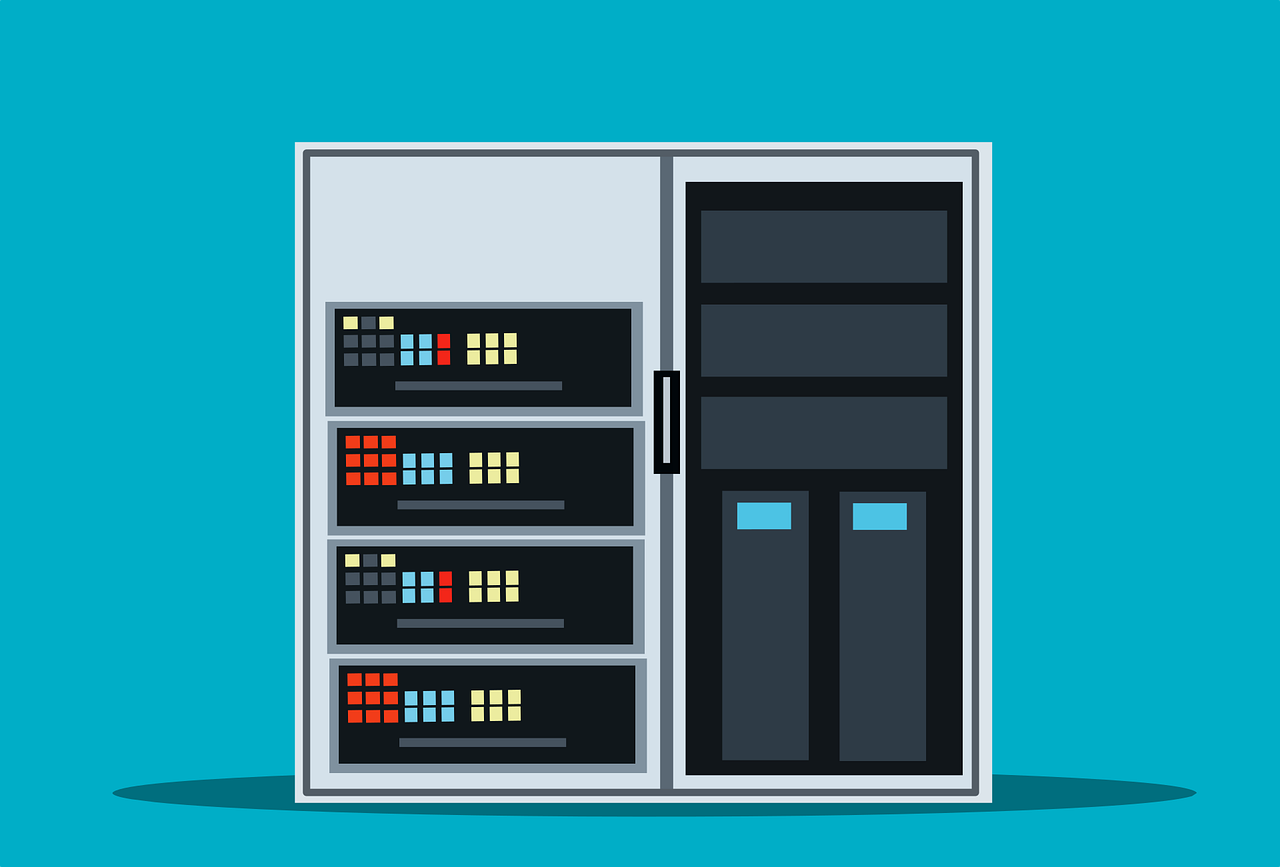
We have learned everything about what is a data clean room and how it can protect user data. While a data clean room platform does offer a promising solution to the growing concern over data privacy and protection, it is not a one-size-fits-all solution. It must be as per each organization’s needs and goals.
But with Syncari, you get all the benefits of a data clean room minus the extra cost for a separate CDP. Syncari is a one-stop, affordable solution that manages and protects your data and customer information so you can focus on driving your business forward.
Also, the customer feedback for Syncari has been positive, with many customers highlighting the platform’s ability to automate data management processes, improve data accuracy and completeness, and provide valuable insights into their data. Get a custom demo and try it risk-free for 30 days..
